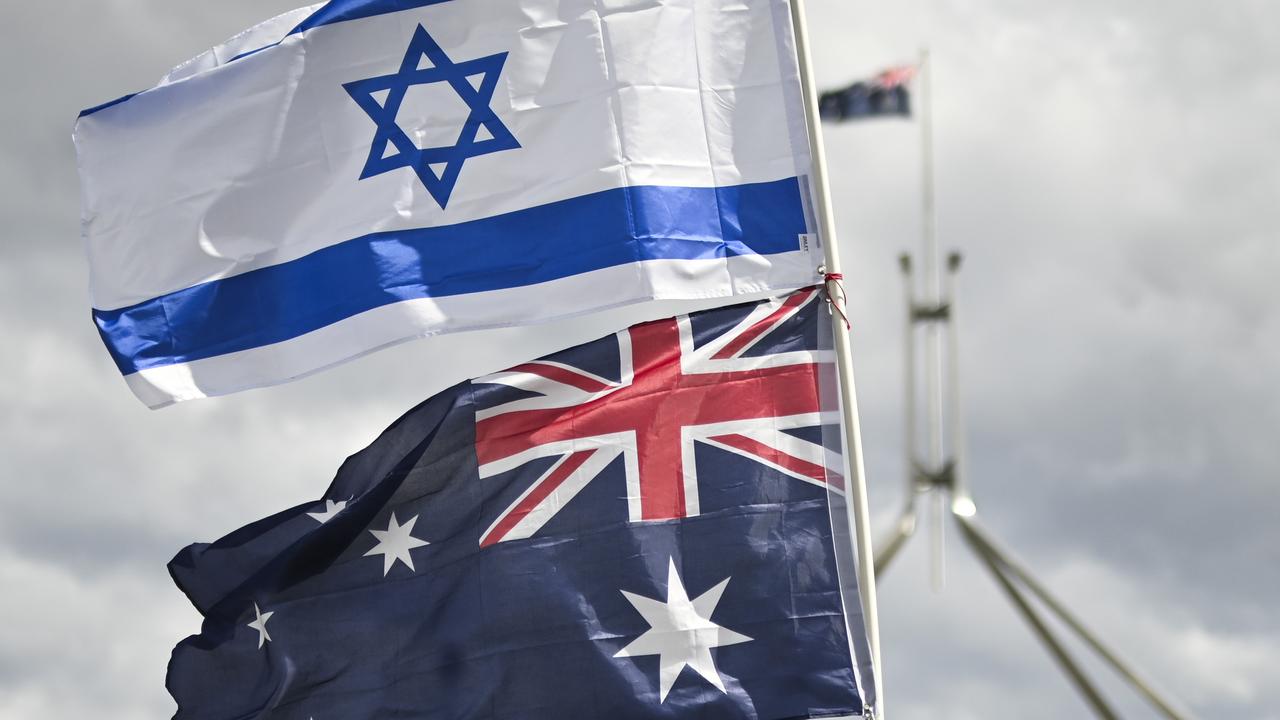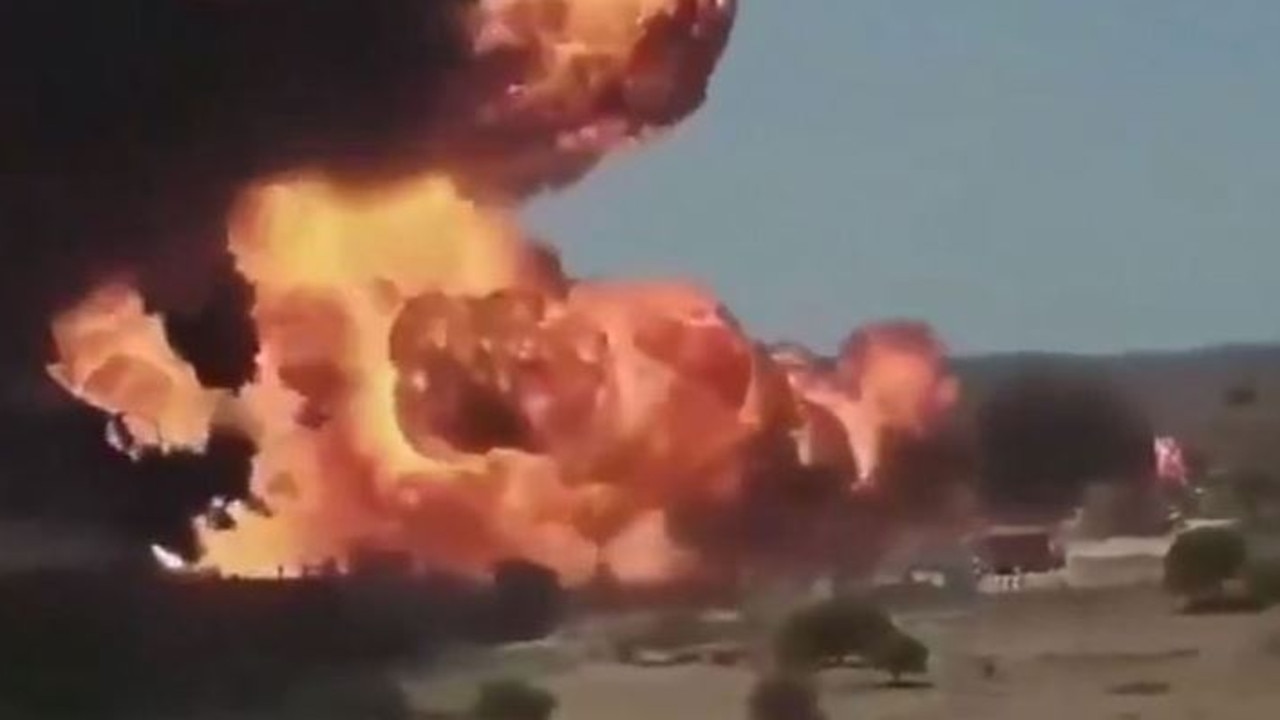The guerillas of Kurdistan through the eyes of New York photographer Joey Lawrence
MEET the guerillas of Kurdistan, the warrior men and women fighting ISIS in Syria and Iraq, as seen through the eyes of award-winning photographer Joey Lawrence.
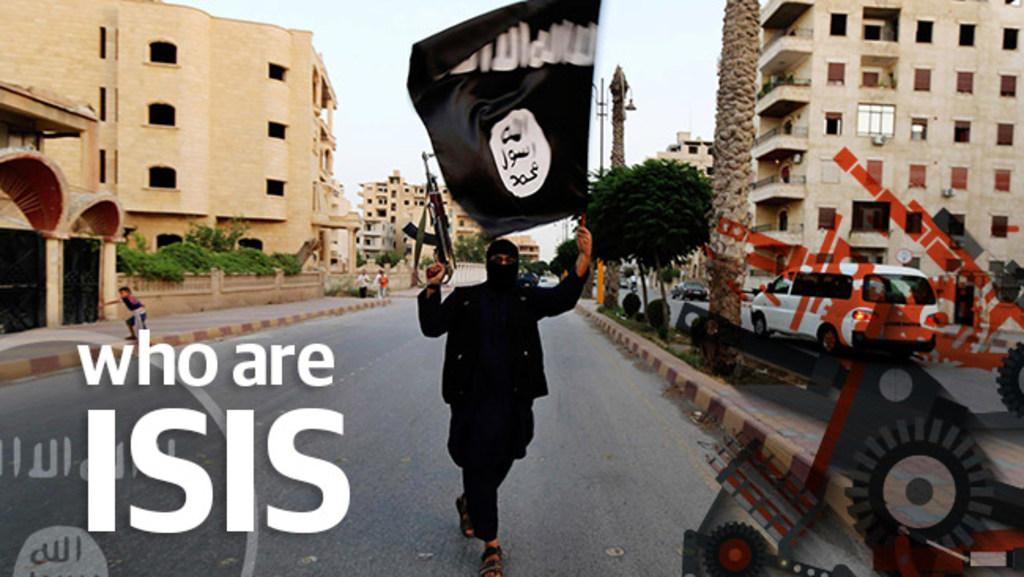
EVERY generation seems to grow up with the memory of at least one major war in his or her lifetime.
Whether we choose to read the headlines or acknowledge the reality beyond our own everyday lives, the war that is underway in Iraq and Syria is one that affects us all. As a Kurdish soldier would tell me later— this conflict has been churning for centuries, but remains hidden from most of our view.
Like the rest of the world, I watched the Syrian Civil War escalate from simple protests to a full blown conflict between the Syrian regime, rebel militias, and jihadist organisations like the Islamic State and Jabat al Nusra.
Ignoring the political demarcation of Syria’s borders, militant groups began to redraw their own territorial boundaries further into Iraq. Each heavy-handed stroke brought further destabilisation to an already embroiled, war-torn region with deep-rooted sectarian tensions.
Seemingly without warning, Mosul — a densely-populated city, approximately 350km north of Iraq’s capital of Baghdad — fell into the hands of the Islamic State, allowing the organisation to capture ample amounts of American-made weapons. The militant group used this as an opportune moment to reinforce to their devout followers and Twitter-cheerleaders the rather absurd idea that some divine prophecy was at work— and an ancient Islamic Caliphate was being re-established. Leading up to this moment, the most effective fighting forces against the so-called Islamic State, or ISIS or ISIL as we see it being referred to in the press, were Shia militias with American blood on their hands, and the Peshmerga, a fighting force loyal to the Kurdistan Regional Government (KRG), which is the governing body of the Kurdish region in Northern Iraq.

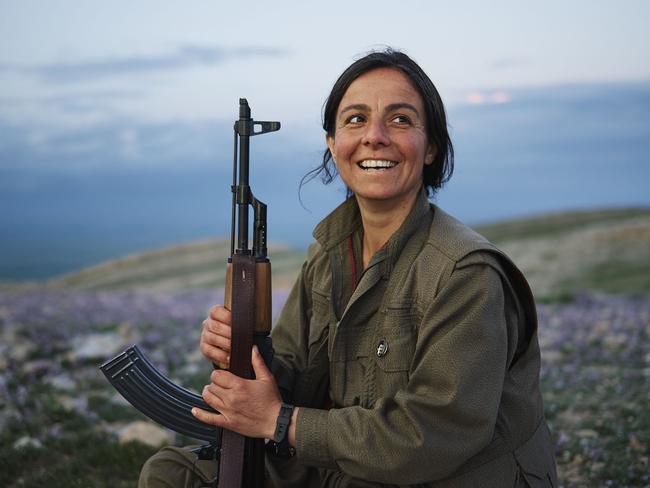

In this massive game of chess, there was another distinct grassroots movement that caught my attention— Kurdish guerilla groups known as the Kurdistan Worker’s Party (PKK), People’s Protection Units (YPG), and Women’s Protection Units (YPJ). These seemingly ragtag armies are in fact quite agile, effective and organised.
The Kurdish people number around 40 million — whose homeland is spread across vast swathes of Turkey, Syria, Iraq, and Iran. They are considered to be the largest ethnic group that do not have their own country. This is important to note, because as you’ll find out, they have something, which they believe is worth fighting for — a long-awaited independence and region to call their own.
During my initial research, I couldn’t help but notice that there were many theories as to whom these Kurdish guerilla groups were. The foreign press often romanticised the females in their ranks as fearless warrior women, while some of my Turkish friends suggested that they were terrorists, operating more as opportunists in a bloody war. I set out to uncover the truth, or at least to better understand the nuances behind the headlines. Portrait photography has a strange way of humanising even the most distant of situations, and that was my goal with this project.
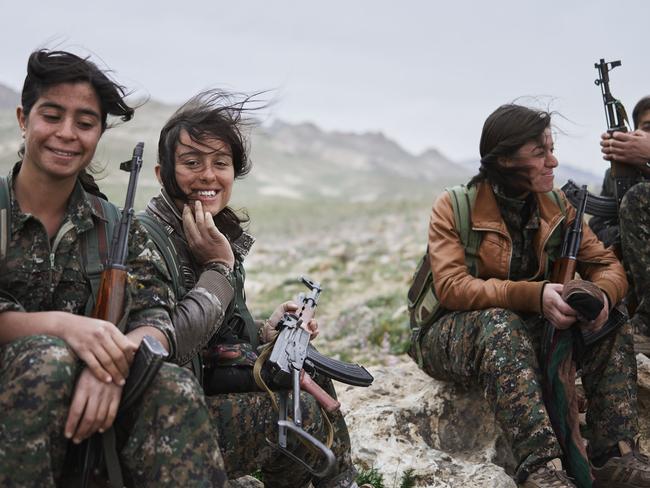
From New York City to Sulaymaniyah
It’s not surprising my itinerary was suspicious. According to International Business Times, it is estimated that 20,000 foreign fighters from across 40 countries have left to join the Islamic State group; and an estimated 3400 of that 20,000 are reportedly Westerners.
I can see how a 25-year old travelling solo via Turkey, (the most common entry-point into Syria), whose clothes are mostly black might sound some alarm bells. As Homeland Security walked away, I couldn’t help but wonder if this will become a regular routine every time I travel. Regardless, I finished my check-in with time to spare and would soon be off on my journey that would take me to the bases and the frontline of Kurdish guerilla forces that were in fact, fighting groups like the Islamic State.
Even though we set off early from Sulaymaniyah, we didn’t roll into Makhmour until nightfall. Every 20 minutes there was a security checkpoint, though you’d be a fool to argue their importance. In larger cities like Erbil, the Peshmerga patrolling the checkpoints would insist on inspecting everything, and since I had more than a few suspicious-looking cases, it would take quite a while before we could pass. “You’re from Canada?” Asked a Peshmerga guard, “Tell your government to send us better weapons.”
Eventually, we reached our destination - a PKK base near the front lines of Makhmour.
My first morning was met with a great calm. I immediately felt safe among the men and women of the PKK. Working in between their training sessions, I walked with guerilla fighters single-file to a hilly outcrop to capture some portraits. The women may be diminutive but are actually formidable. Some carry the signs of a hard-fought war: chemical burns, chapped hands and scars. All the women are treated as equals to their male counterparts, but it is the men who will readily admit that a woman can fight better because she is a natural creator of the world, so she therefore has more to lose— and therefore more to fight for.
The countryside of Makhmour doesn’t strike you as a typical battlefield. As we traversed up to a high outcrop, you could see endless stretches of rocky, rolling hills generously cloaked with violet flowers. I snapped a few shots of the PKK fighters emerging over a purpled hill in the distance. The earthy-tones of their traditional Kurdish outfits seemed to emerge from the landscape, while their braids swayed as they walked with Kalishnakovs slung over their shoulders.
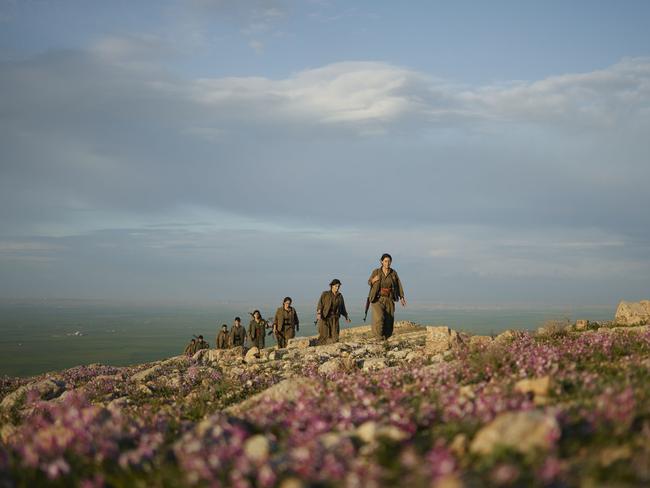
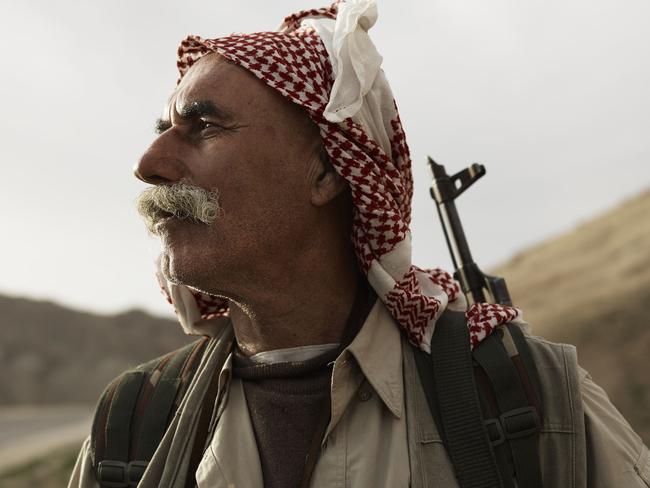
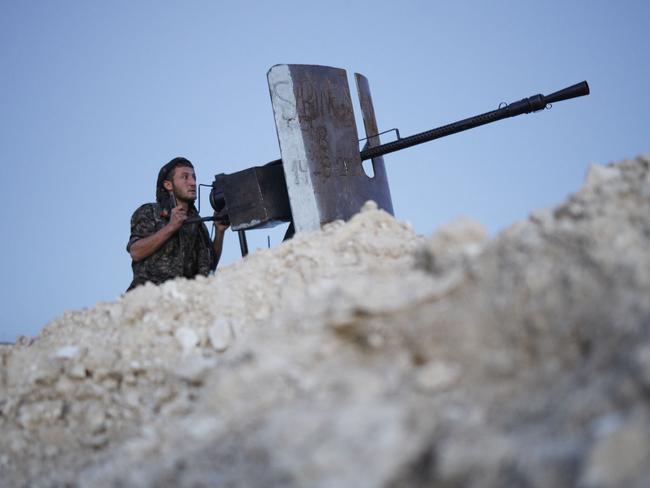
MORE IMAGES FROM JOEY L’S JOURNEY INTO WAR TORN SYRIA AND IRAQ
However deceiving the idyllic landscape can be, Makhmour is the site of fierce clashes between Islamic State militants and Kurdish forces. At the time of my visit, the Islamic State had lost the city and was 15-20km away, defeated for the time being and spread thin over multiple fronts. A couple of weeks after my visit, the Islamic State would regroup and launch a barrage of assaults and suicide attacks.
The official military of the Kurdistan Regional Government, the Peshmerga, get a lot of attention in the press, and rightfully so. They have proven integral and highly effective in strategic battles, including the fight against ISIS for Mosul Dam. However, most residents and refugees will also tell you that guerilla groups like the PKK play extremely decisive roles in battles against ISIS. To many, they are local heroes.
An important distinction must be made, however, between guerilla organisations like PKK and the Peshmerga. The Peshmerga are financed by the KDP and PUK— the two official governments of Kurdistan. As a result, they have access to some better weapons and vehicles, and collaborate more with coalition forces. The guerillas, on the other hand, fight with light weapons, and are often overlooked by the outside world as a viable force. This has less to do with their fighting skills and more to do with a problematic and convoluted history.

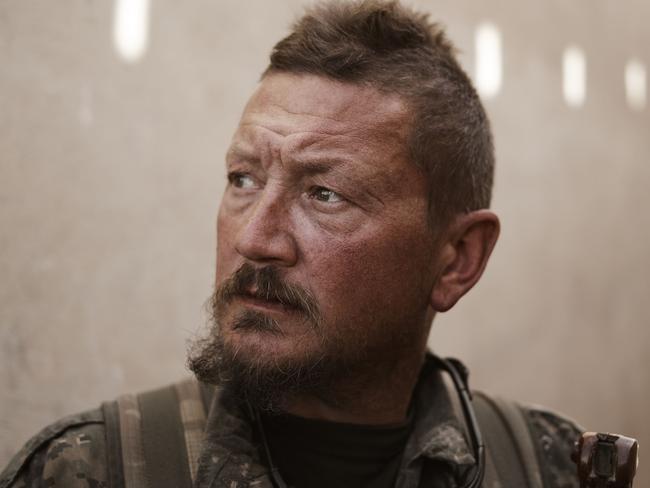
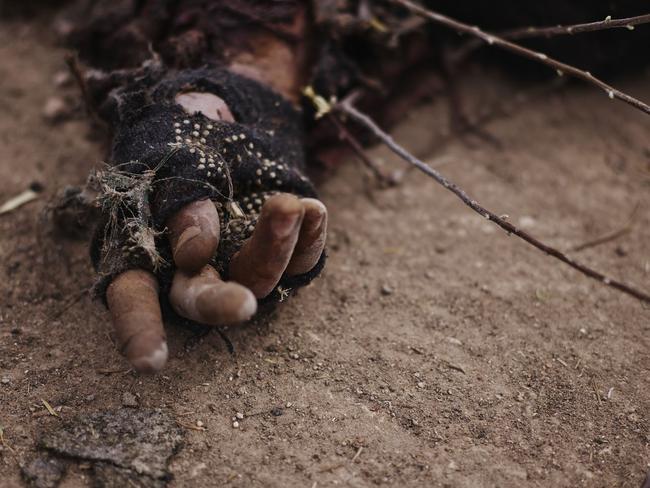
The PKK is internationally listed as a terrorist organisation— a label that has existed for the past thirty years or so, and one that has proven difficult to peel off. Within six years of PKK’s formation in 1978, they turned militant against the Turkish government.
They vehemently assert that their stance has evolved since then from a separatist movement fighting against Kurdish oppression — to more of an ideological, internal struggle for democratic values throughout the entire region. This “coming clean” has proven effective to a certain extent. Even though the PKK is considered a terrorist organisation by the United States and is on the same list as ISIS, ironically here in Makhmour they’re supported by coalition air strikes.
Studying the ideology of their leader Abdullah Öcalan, the PKK leave behind their families and material possessions to begin a lifelong dedication to the Kurdish resistance. Abdullah Öcalan (“Apo”), their revered leader and father of the movement, updates the ideology from a prison cell in Turkey, where he is viewed as a terrorist leader.
If you look up just about any article posted online about the PKK, you can find a heated cyberwar in the comments section between Kurds and Turks. To say the issue is a sensitive one is an understatement. And though Apo is behind lock and key in Turkey, in Kurdistan his visage flies freely, emblazoned on flags, framed portraits, wall clocks, necklaces, and iPhone cases. The list goes on.
With the conflict with Turkey simmering down, perhaps fighting a new enemy like the Islamic State has given the PKK credibility on the world’s stage.

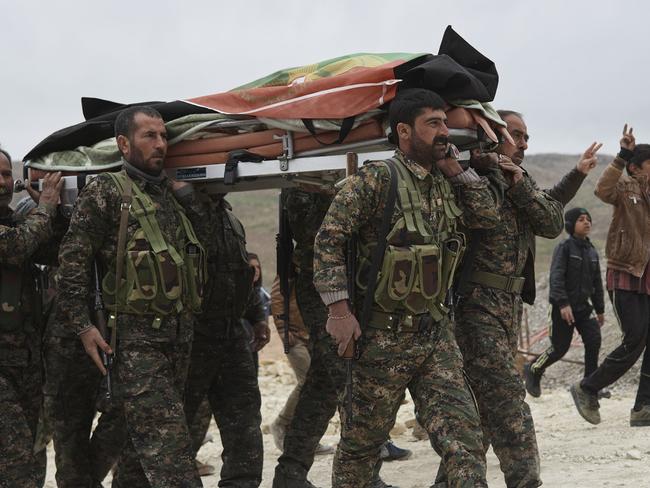
Any place in this hostile region needs an armed military, and this is where the YPG come into play. Like the PKK, the YPG is a guerilla force of men and women fighting alongside one another and who are influenced by the teachings of Abdullah Öcalan.
There is also a branch called the Women’s Protection Units (YPJ), which is an all-female wing that focuses on women’s issues. With the Islamic State’s reputation for mass female enslavement and rape, both YPJ and YPG often collaborate in battles and prove to be formidable.
Although there are many similarities between PKK and YPG, there are doctrinal differences. For example, YPG fighters are able to marry, although it remains uncommon until after their service. A young fighter who was recently married was encouraged by his comrades to stay away from the frontline. “Go home, spend time with your wife,” they chorused.
Due to the dire situation, six months of military service is currently mandatory for all residents of Rojava between 18-30 years of age. With that said, I also met many volunteer fighters who travelled from all corners of Kurdistan to join the fight - Turkey, Iraq and Iran. The YPG is also well known for having Western volunteers amongst their ranks — British, American, German, Canadian — the list of nations goes on.
A common criticism of the YPG is not taking a firmer stance against the Assad regime. After all, to many, Assad and his army is viewed as a worse enemy than ISIS— guilty of launching merciless chemical attacks on civilians. There is also overwhelming video evidence online of regime troops indiscriminately dropping barrel bombs from helicopters and planes on residential neighbourhoods.
Although there have been many clashes between YPG and the Assad regime, it seems they are no longer open enemies, and instead have their resources tied up in a greater common enemy. War is complex, war is dirty, and as it was explained to me, the Kurds in Rojava are taking a long-term strategy.
They don’t have the weapons or technology to fight Assad’s air force, the Islamic State, and Jabat Al Nusra simultaneously. With Rojava gravitating further and further away from the political grasp of Syria, only time will tell what the future holds.

